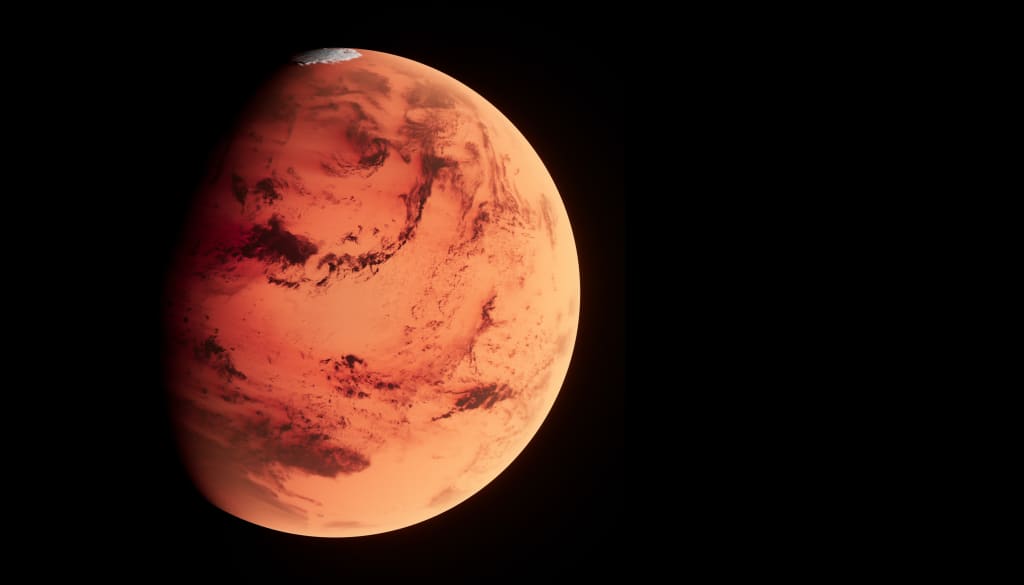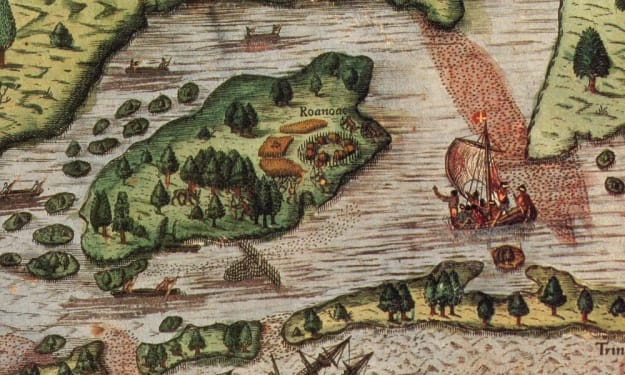"A Compact Cosmos: Exploring the Diminutive Dimensions of Mars."
The fact small World. Mars is 53% smaller than Earth

Introduction:
In the vast celestial theater, where planets twirl and dance around the sun, Mars emerges as a captivating celestial companion, intriguing scientists and stargazers alike. While Earth and Mars share the same cosmic stage, they differ significantly in size, with Mars holding the title of the petite sibling. At 53% smaller than Earth, Mars invites us to delve into its compact cosmos, exploring the implications of its diminutive dimensions on its geology, atmosphere, and potential for hosting life.
Chapter 1: Sizing Up the Celestial Siblings
Earth and Mars, nestled within the inner realm of our solar system, both orbit the sun, yet their sizes tell a tale of contrasting dimensions. Earth, with a diameter of approximately 12,742 kilometers (7,918 miles), stands as the third-largest planet in our solar system. In contrast, Mars, with a diameter of around 6,779 kilometers (4,212 miles), is only about 53% the size of Earth.
The compact stature of Mars, however, belies its significance in the cosmic narrative. From ancient astronomers marveling at its reddish glow to modern scientists sending rovers to explore its surface, Mars continues to captivate our imagination.
Chapter 2: The Martian Geography: A World of Contrasts
While Mars may be smaller than Earth, its geography unfolds a contrasting landscape. The Red Planet boasts the tallest volcano in our solar system, Olympus Mons, and the longest canyon, Valles Marineris. The juxtaposition of these colossal features against Mars' smaller size reflects the dynamic geological processes that have shaped its surface over billions of years.
Mars' smaller size has implications for the planet's gravitational pull, about 38% of Earth's. This lower gravity has consequences for the Martian landscape, influencing the height of mountains and the depth of valleys in ways distinct from Earth. The exploration of Martian geology not only unveils the planet's history but also provides insights into the broader understanding of planetary evolution.
Chapter 3: Martian Atmosphere: Thinner Air, Breathtaking Views
The Martian atmosphere, though tenuous compared to Earth's, adds another layer to the narrative of Mars' compact cosmos. With a composition primarily consisting of carbon dioxide, Mars' atmosphere is about 100 times thinner than Earth's. The thinner atmosphere allows for breathtaking views of the Martian surface, unencumbered by the haze that can obscure distant landscapes on Earth.
The lower atmospheric density on Mars, a consequence of its smaller size and weaker gravity, poses challenges for human exploration and potential colonization. The thin atmosphere limits the effectiveness of aerodynamic lift, influencing the design and engineering of spacecraft sent to the planet's surface. Understanding the Martian atmosphere is a key consideration for planning future manned missions to this intriguing world.
Chapter 4: The Search for Life: Mars as a C compact Habitat.
Mars, with its smaller size and distinct features, has long been a target in the search for extraterrestrial life. While the surface conditions are harsh, with extremes of temperature and radiation, scientists explore the possibility of past or present life on Mars, potentially in subsurface environments where liquid water may exist.
The compact dimensions of Mars play a role in its ability to retain an atmosphere and support certain geological features that might indicate the presence of water. The discovery of water ice on Mars, coupled with the knowledge that liquid water once flowed across its surface, adds layers to the exploration of Mars as a potential habitat for microbial life.
Chapter 5: Mars Missions: Unveiling the Mysteries
Human fascination with Mars has led to a series of missions aimed at unraveling the mysteries of the Red Planet. From the Viking missions in the 1970s to the recent Perseverance rover, these endeavors have provided a wealth of data about Mars' geology, climate, and potential habitability.
The compact size of Mars has influenced mission planning, including the design of spacecraft and rovers capable of exploring its surface. As technology advances, future missions may include sample return missions, further enhancing our understanding of Mars and its unique place in the cosmos.
Chapter 6: Mars in the Human Imagination
Beyond the scientific realm, Mars has held a special place in the human imagination, inspiring countless works of fiction, art, and exploration. From ancient cultures associating it with war and mythology to modern visions of Martian colonization, the Red Planet continues to stir our creativity.
The compact cosmos of Mars, with its smaller size and distinct characteristics, serves as a canvas for human dreams of interplanetary exploration and the search for life beyond Earth. As we gaze at the night sky, the sight of Mars beckons us to ponder the possibilities and challenges that come with exploring a world that, though smaller in size, looms large in our cosmic curiosity.
Conclusion:
Mars, with its diminutive dimensions and enigmatic features, beckons us to peer into the compact cosmos it occupies in our solar system. Its smaller size has shaped the planet's geology, atmosphere, and potential for life, creating a narrative that unfolds with each scientific discovery and exploration mission.
As we continue to unravel the mysteries of Mars, the Red Planet stands as a testament to the intricate dance of celestial bodies and the enduring human spirit of exploration. From the towering peaks of Olympus Mons to the vast canyons of Valles Marineris, Mars invites us to contemplate the wonders of our cosmic neighborhood and the possibilities beyond our celestial doorstep.





Comments
There are no comments for this story
Be the first to respond and start the conversation.